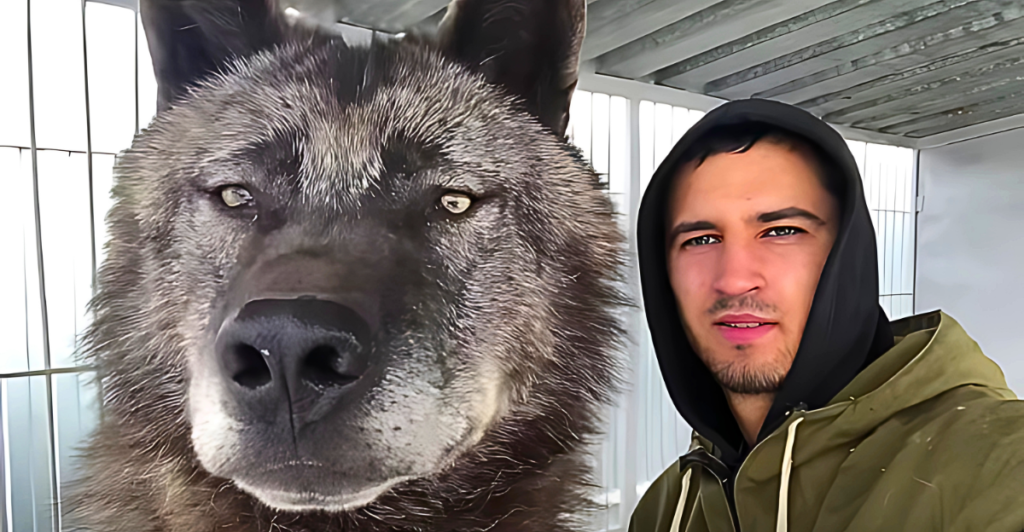
Wolves in the U.S. are huge. Over the past century, reports of record-breaking wolf sizes have become more regular. Why? Genetics and food availability. This article explores the biggest wolves ever recorded in 12 states – and why these apex predators might keep getting bigger every year.
1. Alaska
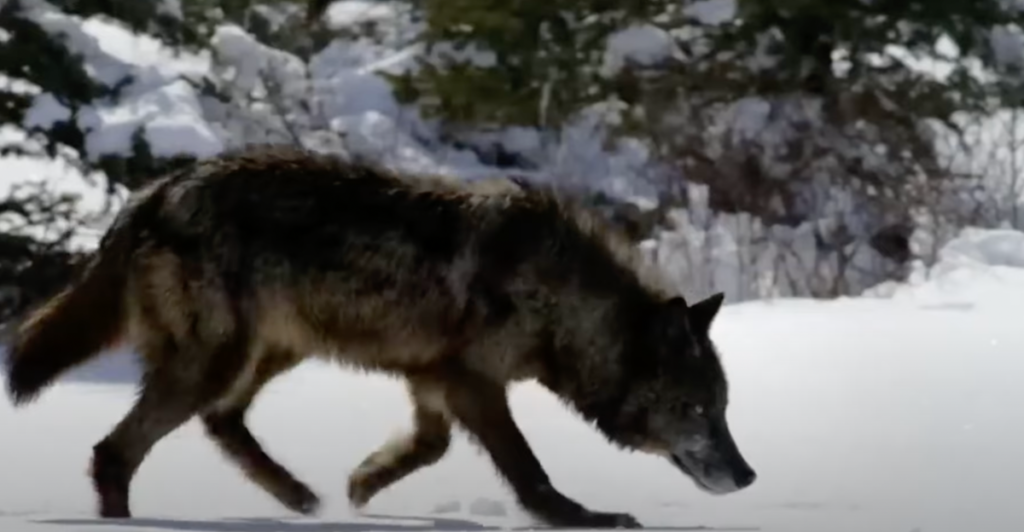
The biggest wolf ever recorded in Alaska weighed 175 lbs and measured 7.5 feet from nose to tail. With extensive land and abundant prey like moose and caribou, Alaskan wolves have perfect conditions to become enormous. Climate shifts and excess food may be pushing their sizes even further.
2. Montana
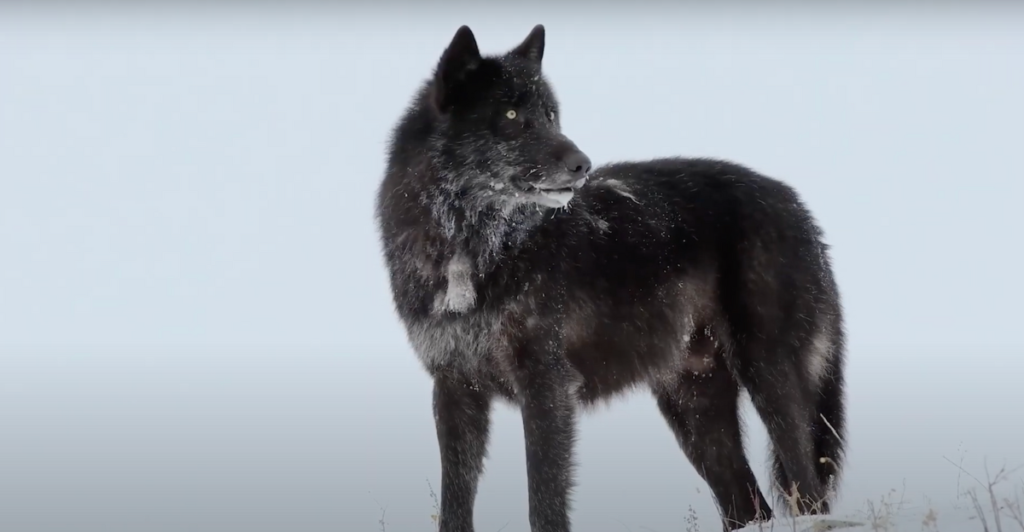
Montana’s largest recorded wolf weighed 143 lbs and was over 7 feet long. Montana’s tough terrain and large numbers of ungulate support healthy, strong wolves. Wovles’ size could keep increasing as their hunting conditions have changed and they have easier access to prey.
3. Wyoming
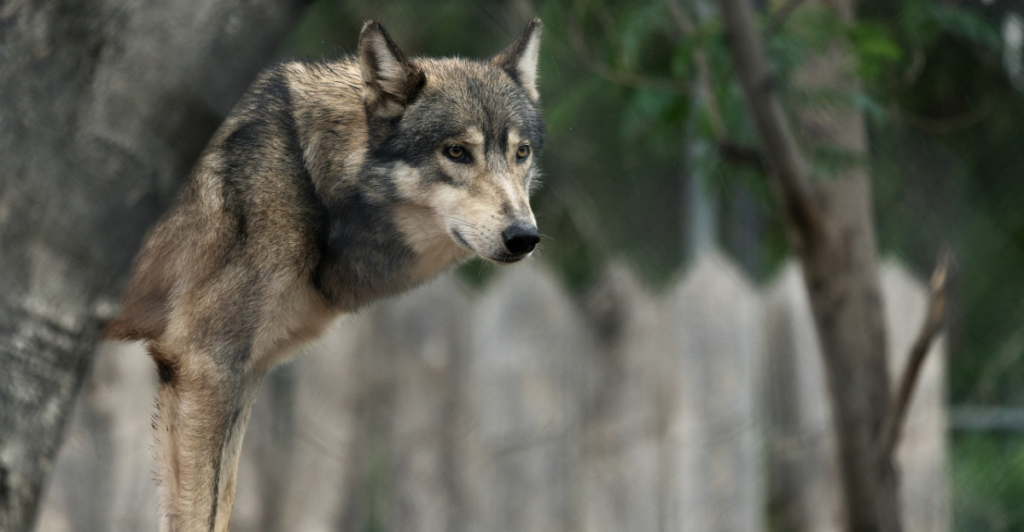
Wyoming’s biggest wolf weighed 141 lbs and stretched over 6.9 feet. With the reintroduction of wolves to Yellowstone, they’ve had access to elk in abundance. Scientists believe that carcasses left by other predators contribute to their growing sizes.
4. Minnesota
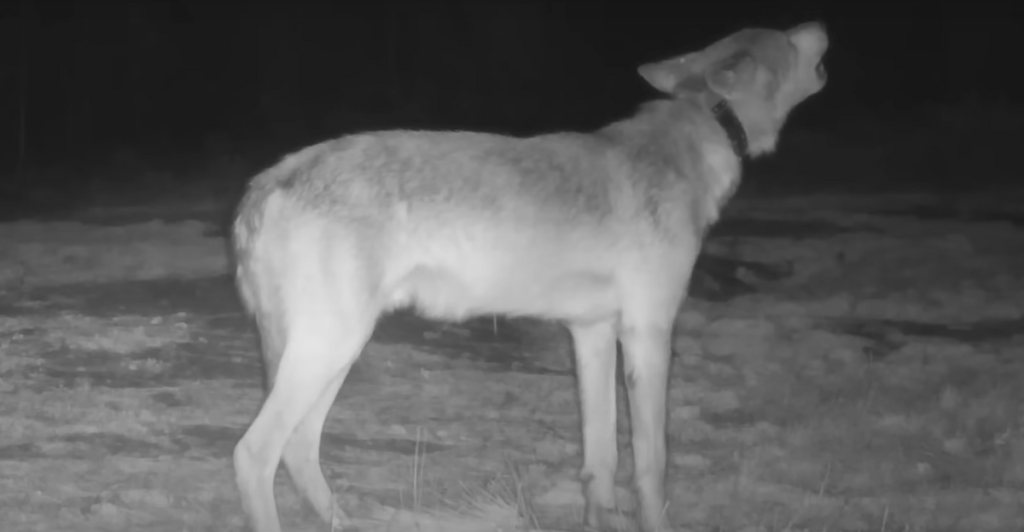
The largest wolf in Minnesota weighed 130 lbs, and measured 6.7 feet long. Wolves here prey on deer, which have increased in numbers due to warmer winters. Less brutal weather and an excess of food mean bigger, stronger wolves that don’t have to spend as much energy just to survive.
5. Wisconsin

Wisconsin’s largest wolf was 129 lbs and approximately 6.6 feet long. With the state’s forests and farmland, wolves have adapted to a variety of food sources, including livestock. Researchers suggest that human activity unintentionally supports bigger wolves by creating scavenging opportunities.
6. Michigan
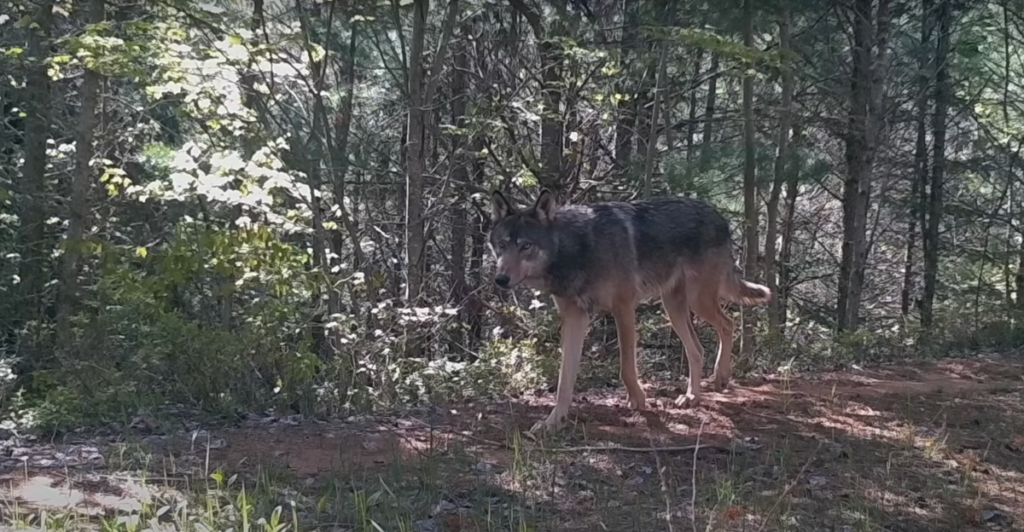
A 126-lb, 6.5-foot-long wolf holds Michigan’s record. In the Upper Peninsula, strong deer populations and dense forests support an expanding wolf population. Some believe that as wolves adapt to new environments, they grow larger to dominate territories.
7. Idaho

Idaho’s biggest wolf weighed 150 lbs and measured about 7.2 feet. The introduction of Canadian wolf genetics has led to larger wolves in the region. A mix of genetics and abundant elk may be why Idaho’s wolves are consistently among the biggest in the U.S.
8. North Dakota

The largest wolf in North Dakota weighs 120-lb and measures 6.4 feet. While wolves are not as common here, they take advantage of large open plains with roaming deer populations. According to researchers, as territories shift, wolves becoming larger and more endurant.
9. Oregon

Oregon’s largest wolf was 137 lbs and measured 6.8 feet. The state’s wolf population has risen since their return in the 1990s. With insulated environments, some wolves are reaching new size records. Scientists suggest less competition means that more wolves are able to reach their full genetic potential.
10. Washington
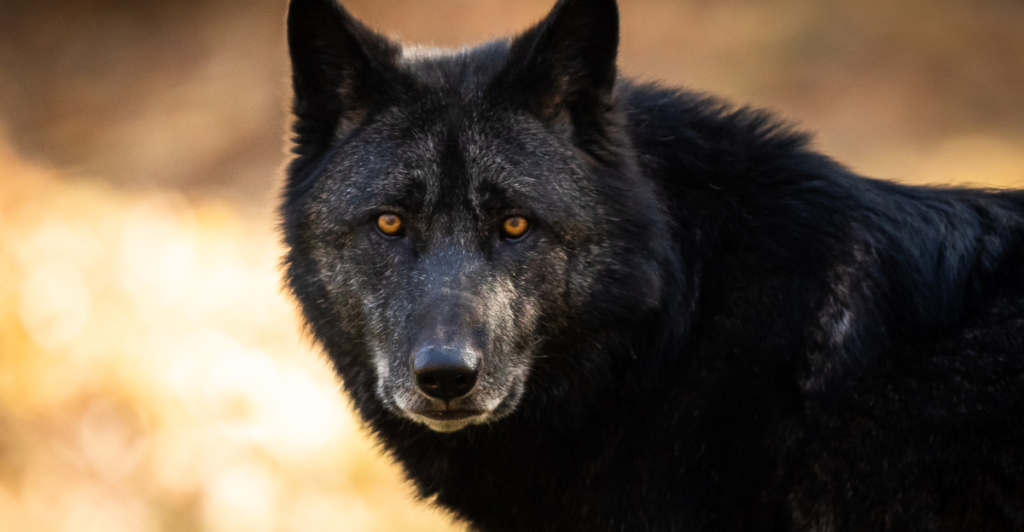
The biggest wolf in Washington was 135 lbs and about 6.7 feet long. Wolves are thriving thanks to conservation efforts that are increasing their numbers. Environmental changes may be helping them grow larger as winters are less severe and food remains more available year-round.
11. Colorado

A massive 138-lb wolf stretching 6.9 feet is Colorado’s record. The state only recently welcomed new wolves again, yet their size indicates excellent conditions for growth. High altitudes and abundant elk may be key factors in their increasing numbers.
The Rise of Bigger Wolves
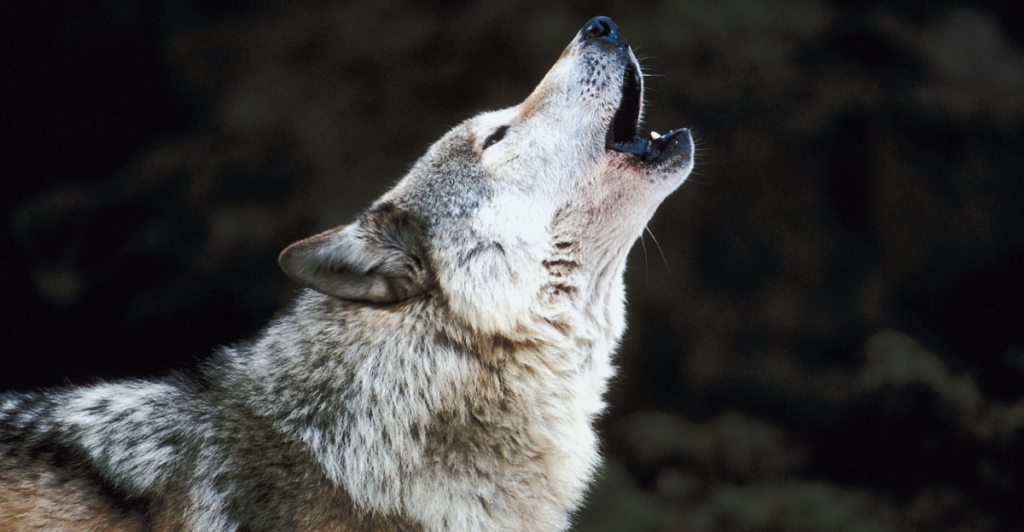
Wolves across the United States are not just surviving—they’re thriving and getting bigger. Human intervention, climate change and shifting ecosystems all play a role in their size. As these predators continue adapting, wolves may become even larger in future, redefining what we know about their characteristics.
Discover more of our trending stories and follow us to keep them appearing in your feed

California Is Breaking Apart: A Fault Line Is Forming Faster Than Anyone Predicted
Bison Return Home To Native American Lands After Being Pushed To The Brink Of Extinction
Massive Solar Plant Is Shutting Down Early—Saving Californians Over $500M
After 800 Years of Silence, This American Volcano Shows Signs of Activity
References:
Reference 1
Reference 2
This article first appeared here
Stay connected with us for more stories like this! Follow us to get the latest updates or hit the Follow button at the top of this article, and let us know what you think by leaving your feedback below. We’d love to hear from you!







